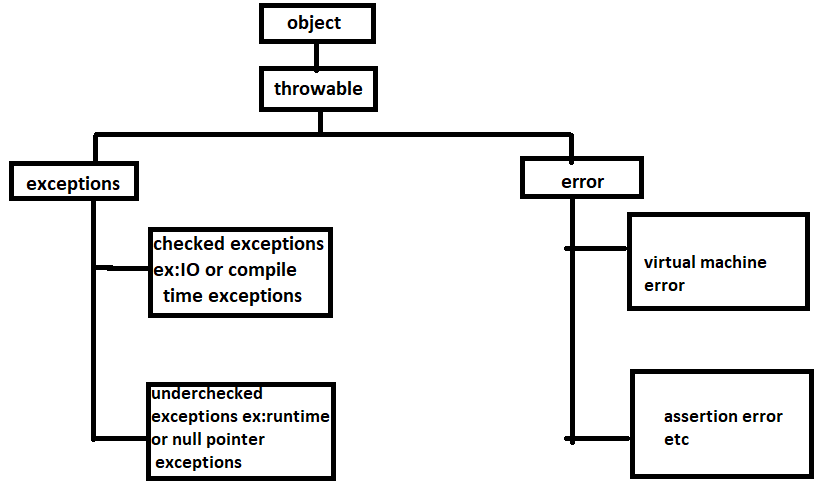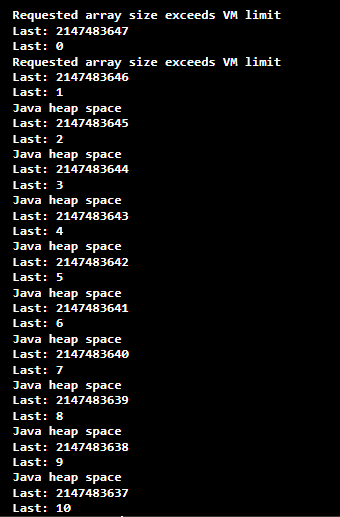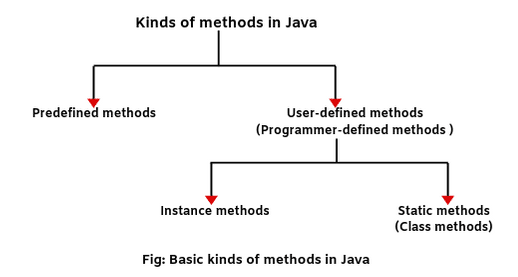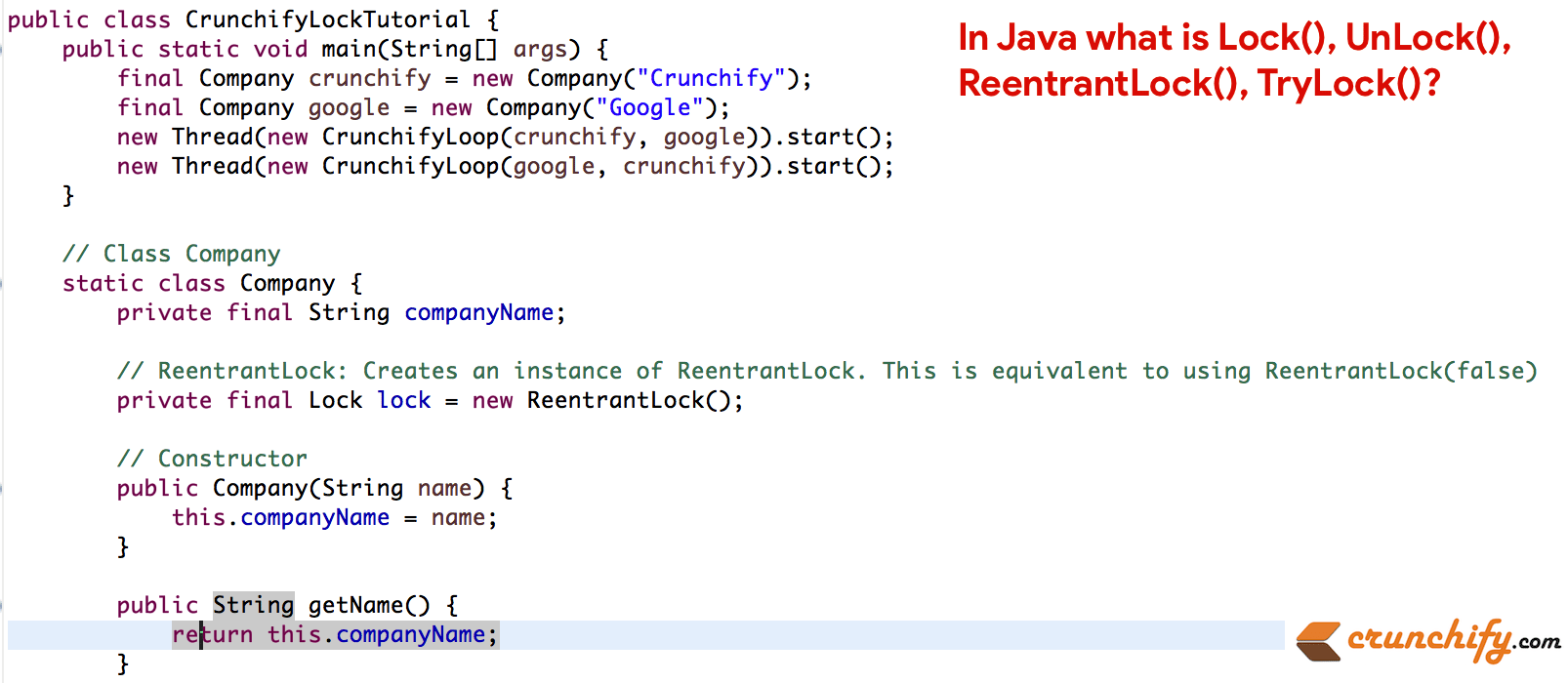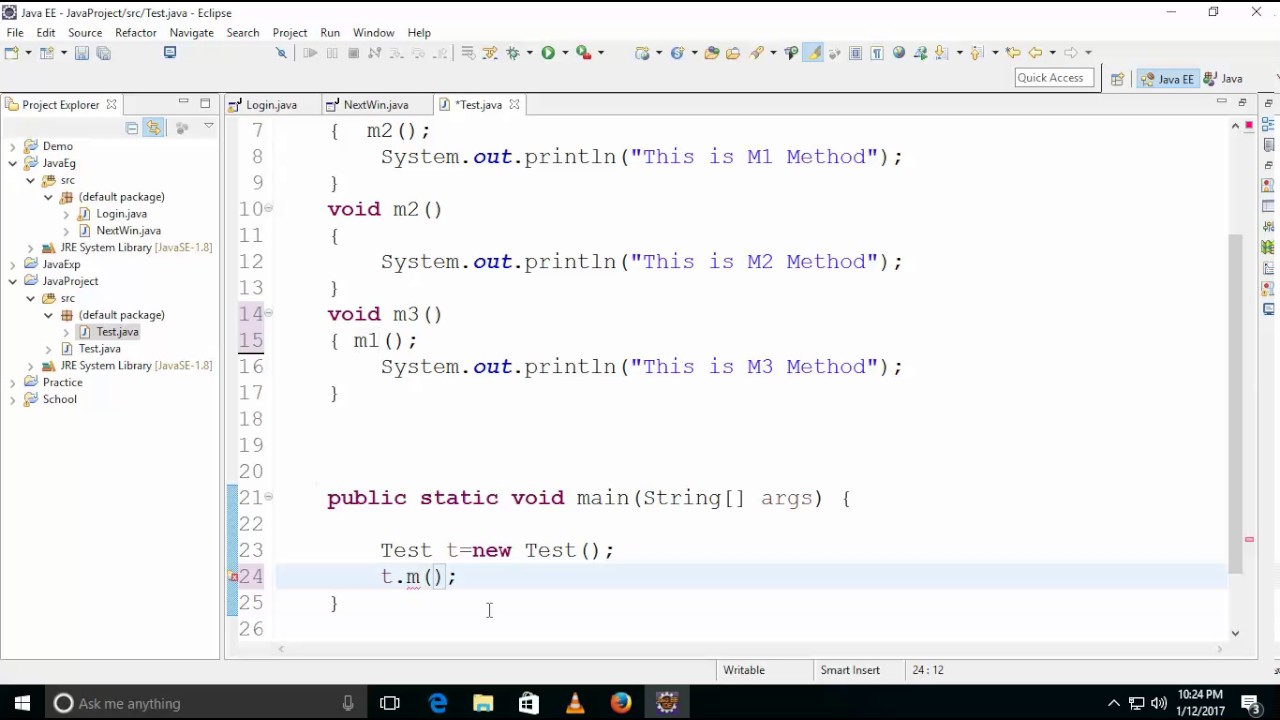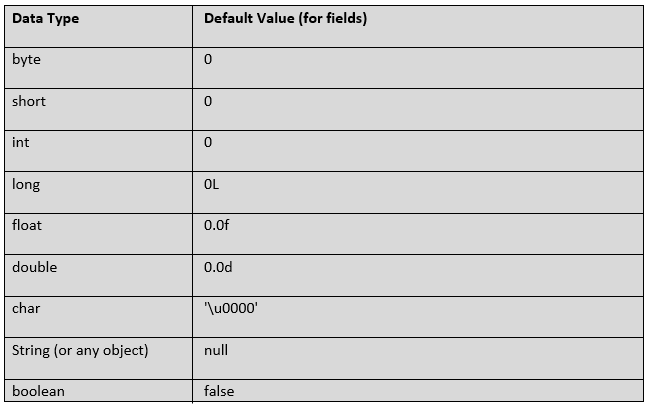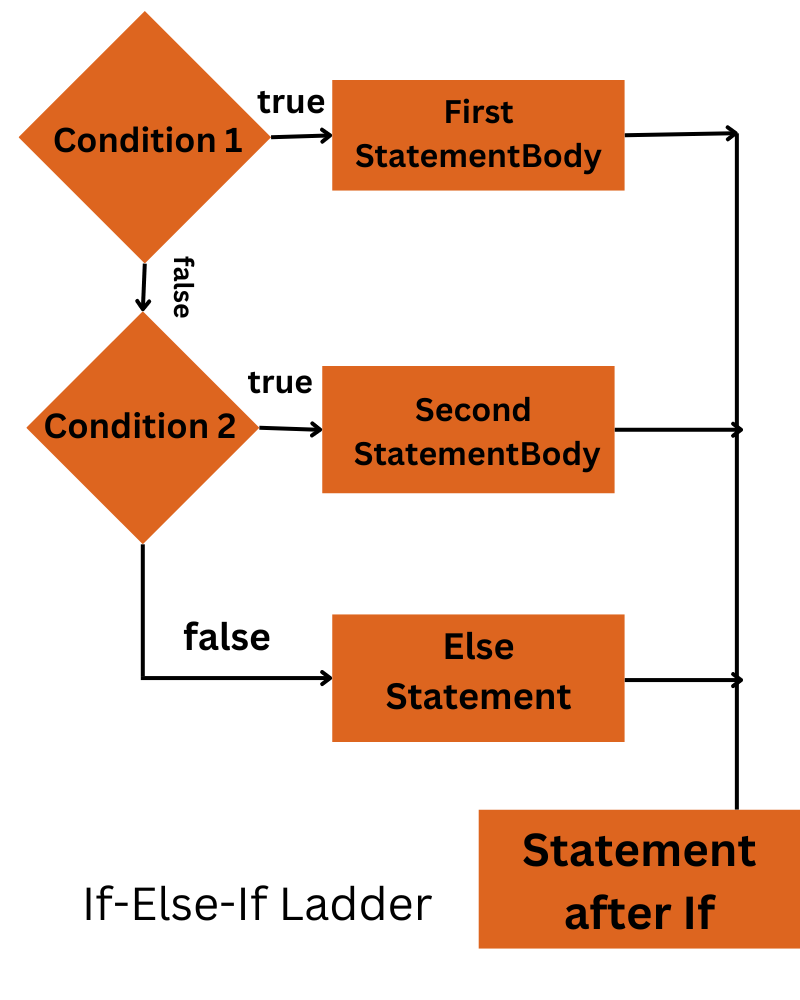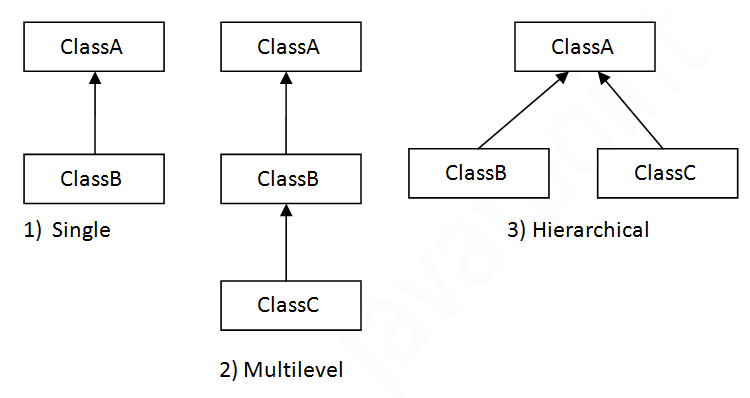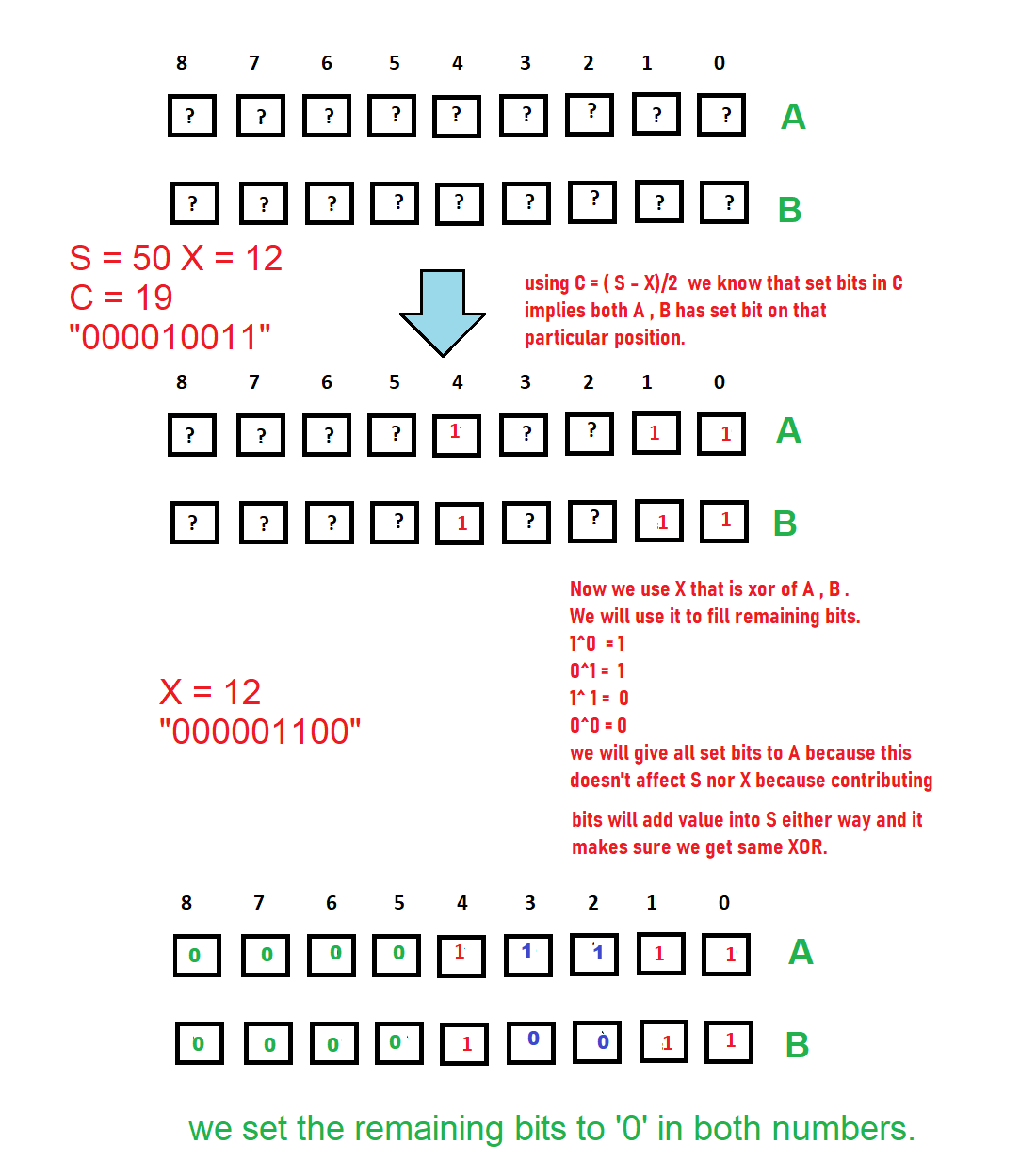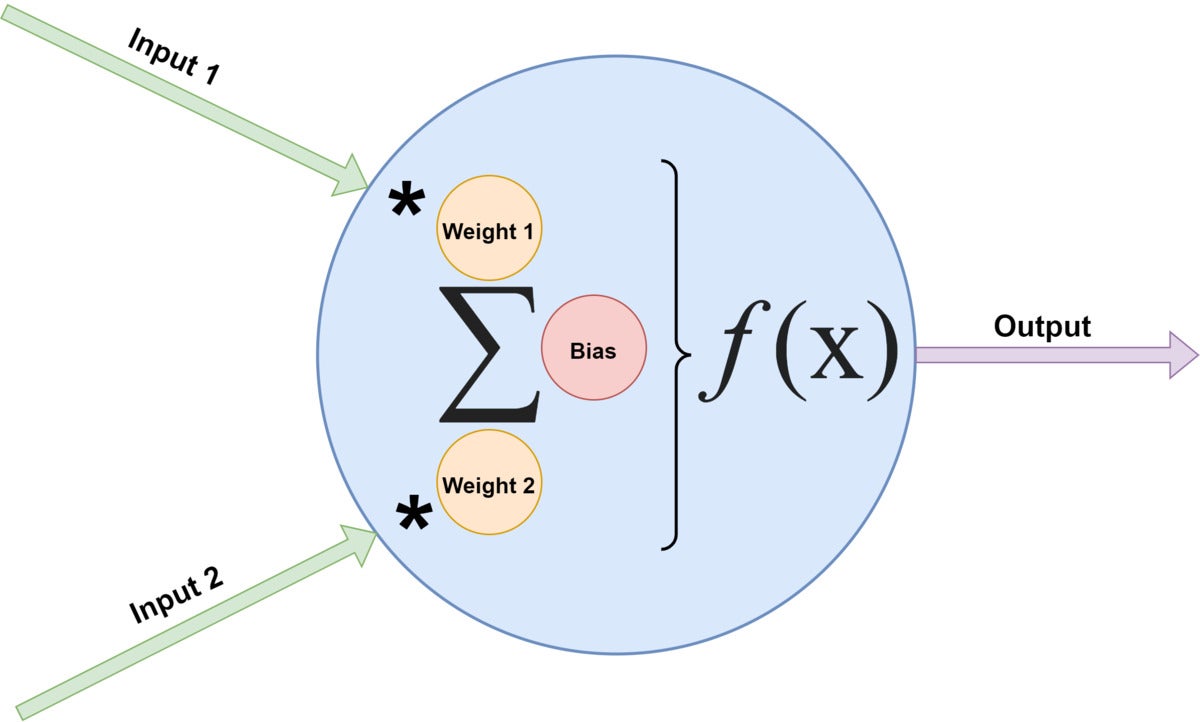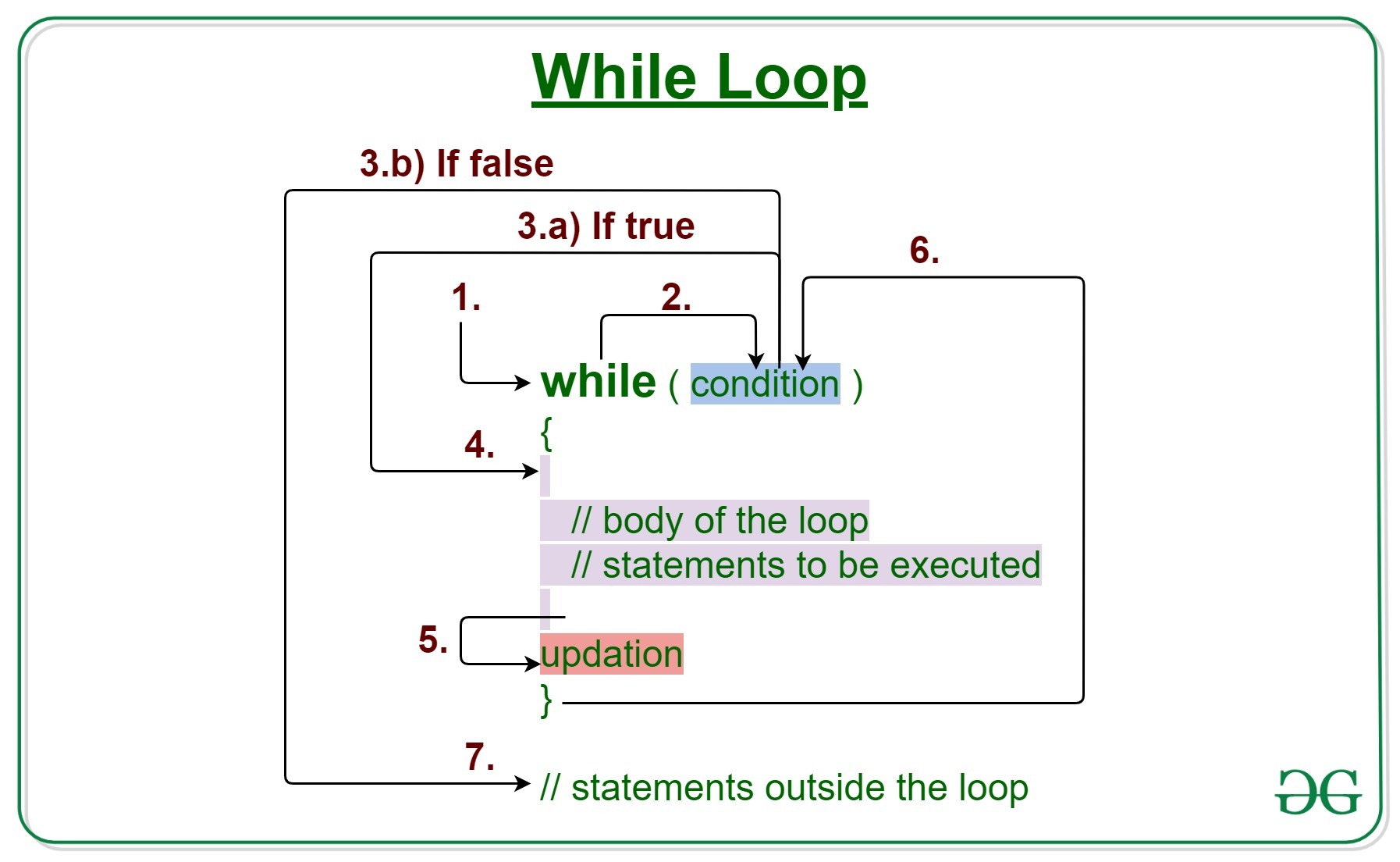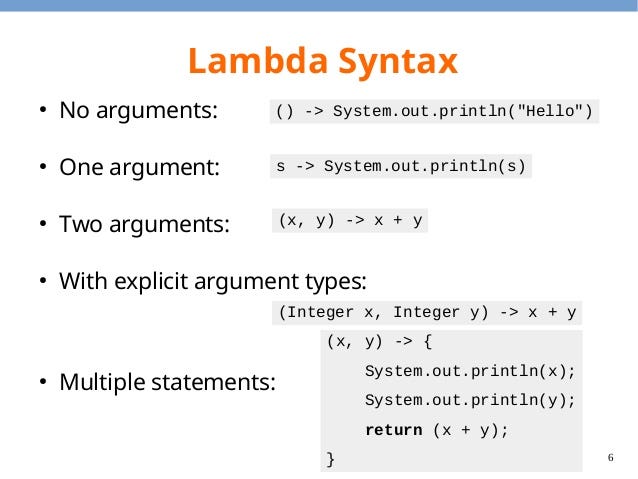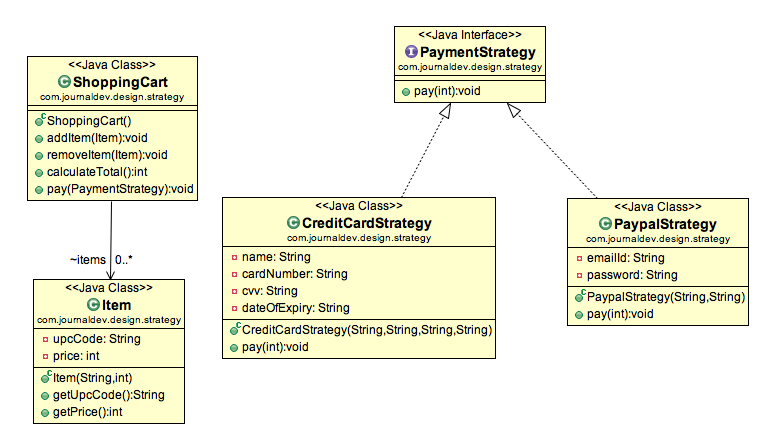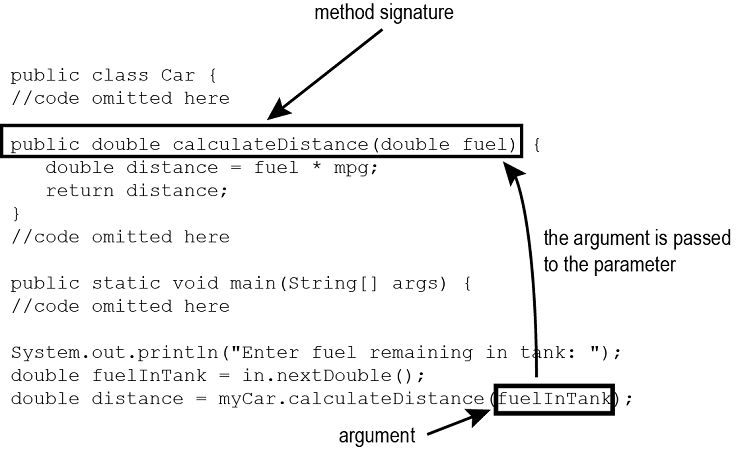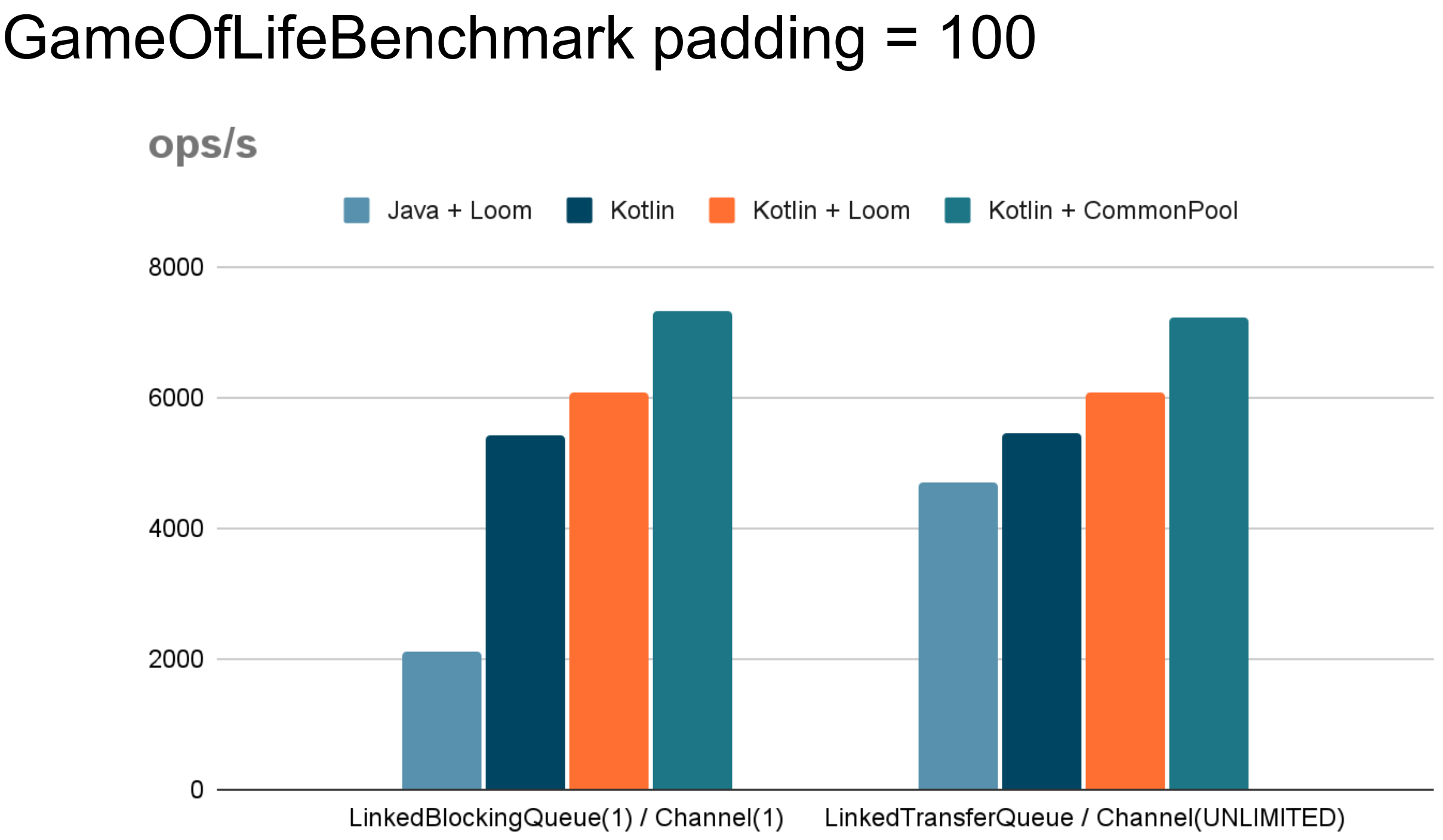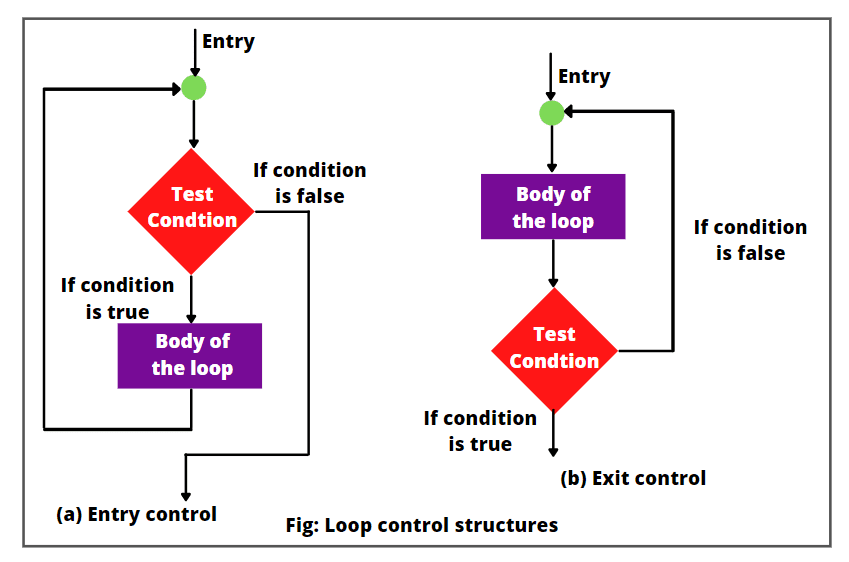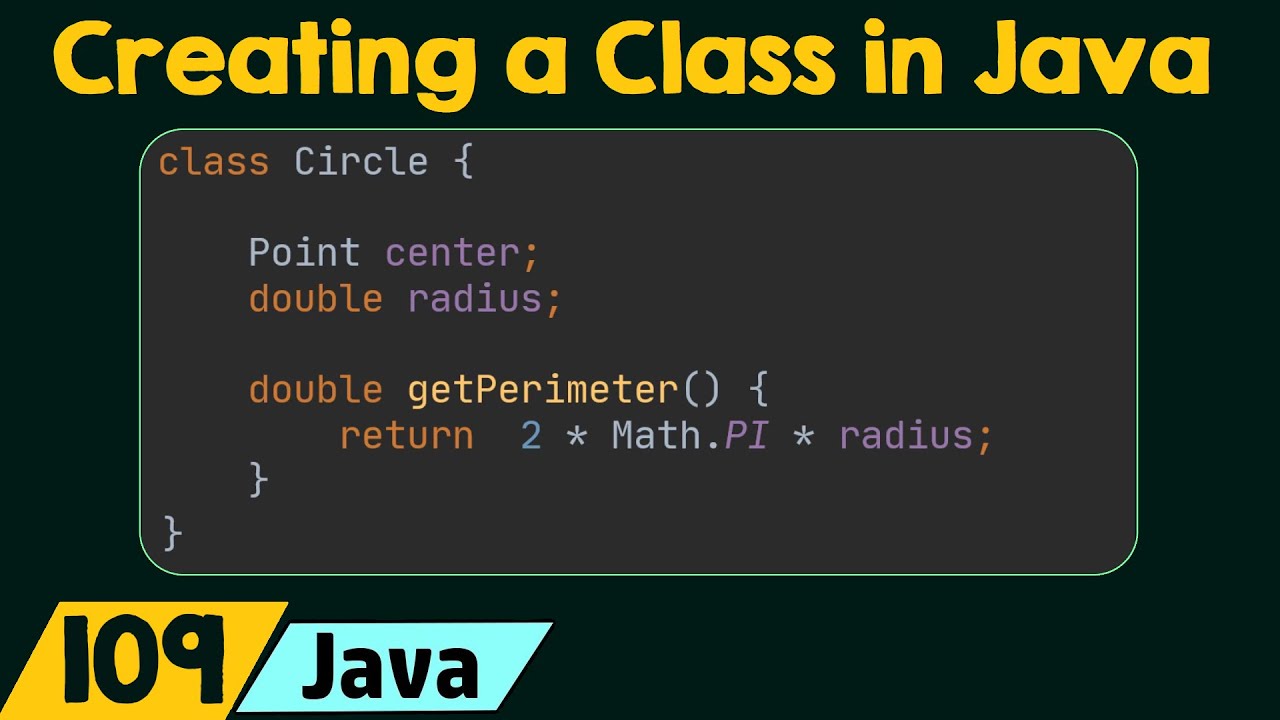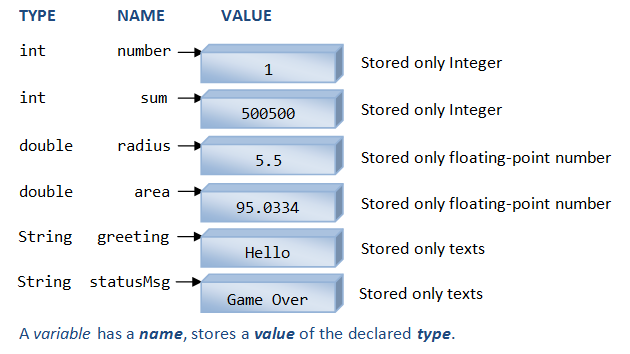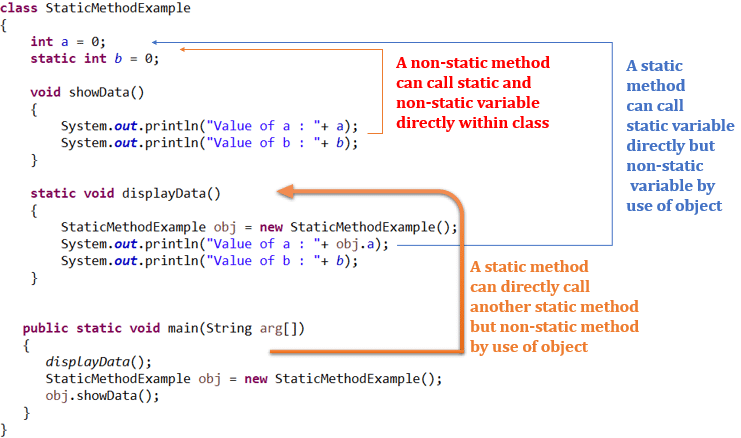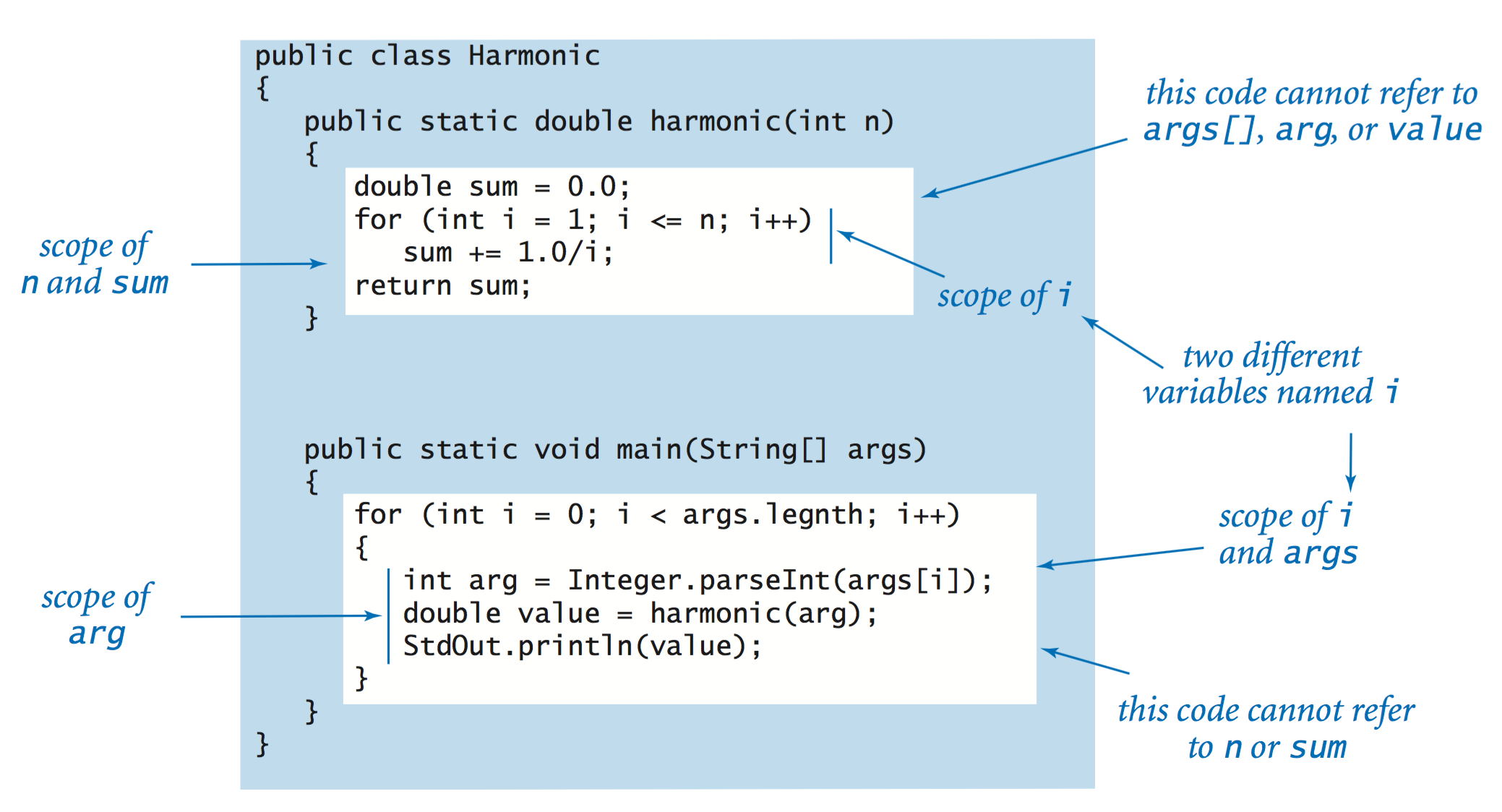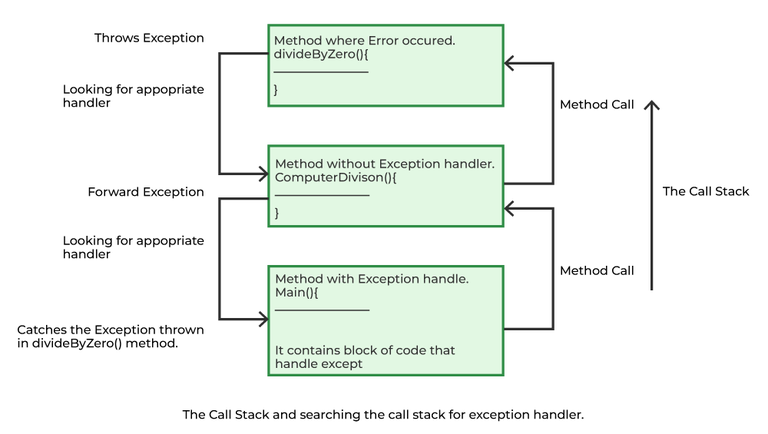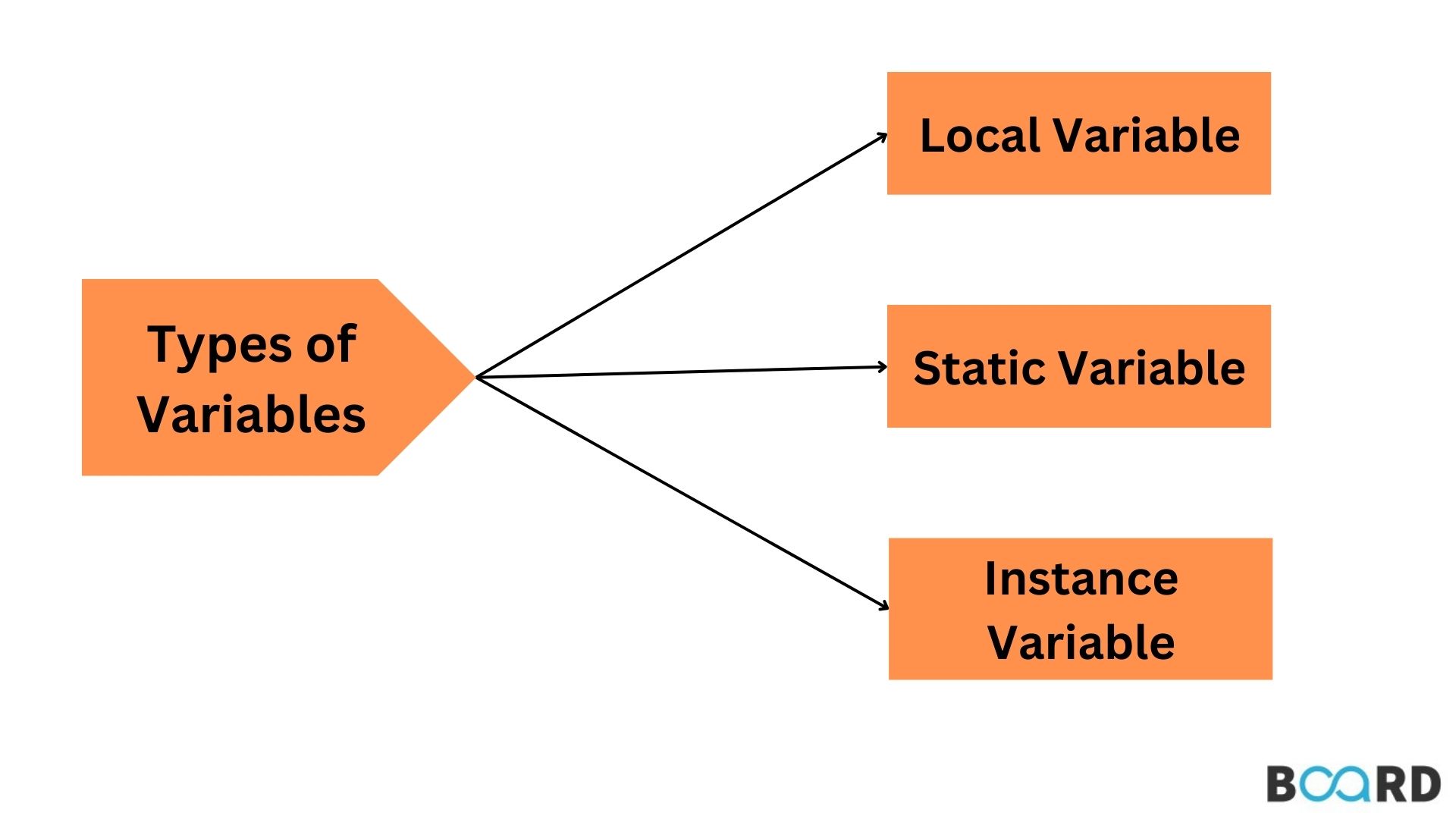How to create an abstract class in Java?
How to create an abstract class in Java?

To create an abstract class in Java, you need to declare the class with the abstract keyword. An abstract class is a class that cannot be instantiated and serves as a base class for other classes.
Here is a basic example of how to create an abstract class in Java:
public abstract class Animal {
// You can define methods and variables just like any other class
public abstract void makeSound(); // Abstract method, which must be implemented by its subclasses
// Example method implementation
public void sleep() {
System.out.println("The animal is sleeping");
}
}
In this example, Animal is an abstract class. It has one abstract method makeSound() and a regular method sleep().
To create a concrete subclass from the abstract class, you need to provide implementations for all the abstract methods of its superclass:
public class Dog extends Animal {
@Override
public void makeSound() {
System.out.println("Woof!");
}
}
In this example, Dog is a concrete subclass that implements the makeSound() method.
You can also create more subclasses from Animal, for instance:
public class Cat extends Animal {
@Override
public void makeSound() {
System.out.println("Meow!");
}
}
In this example, Cat is another concrete subclass that implements the makeSound() method.
Here are some key points about abstract classes in Java:
Abstract Classes Can't Be Instantiated: You can't create an instance of an abstract class because it's declared with theabstract keyword. Methods Must be Implemented by Subclasses: Any methods declared as abstract must be implemented by its subclasses. If a subclass doesn't provide an implementation for an abstract method, it will also need to be declared as abstract. Abstract Classes Can Have Both Abstract and Concrete Methods: You can declare both abstract and concrete methods in an abstract class. The difference is that abstract methods don't have a body (i.e., they are not implemented), while concrete methods do. Concrete Subclasses Must Provide Implementations for All Abstract Methods: A concrete subclass must provide implementations for all the abstract methods declared by its superclass.
Here are some scenarios where you would use abstract classes in Java:
To define a blueprint or template for subclasses: You can declare common attributes and methods that will be shared among your subclasses. To provide a foundation for your hierarchy of classes: Abstract classes serve as a base class for other classes, allowing them to inherit behaviors and characteristics from their parent class. To implement the strategy pattern: In this design pattern, you define an abstract class with methods that can be implemented differently by its subclasses, providing a way to encapsulate different strategies or algorithms.Overall, abstract classes provide a powerful mechanism for organizing your code into logical groups, making it easier to maintain and extend your software.
encapsulation in java
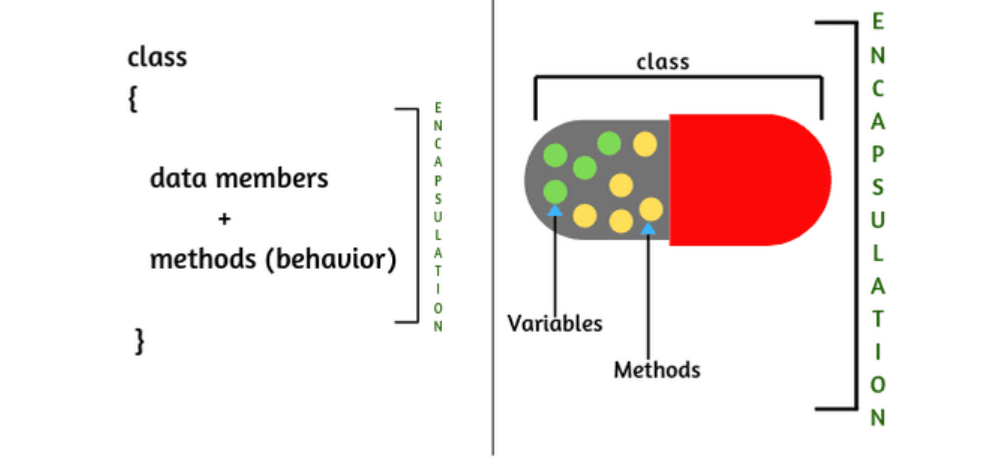
Here's a comprehensive explanation of encapsulation in Java, along with an example code snippet:
What is Encapsulation?
Encapsulation is a fundamental concept in object-oriented programming (OOP) that helps to hide the implementation details of an object from the outside world. In other words, it's a mechanism that binds together the variables and methods that operate on those variables, and makes them accessible only through a controlled interface.
Why is Encapsulation Important?
Encapsulation provides several benefits:
Data Hiding: By making the internal state of an object private or protected, you can control how it's accessed and modified. Abstraction: Encapsulation helps to abstract away the internal implementation details, allowing users to interact with the object without knowing the specifics. Improved Code Organization: Encapsulating data and behavior within a single unit (the class) makes the code more organized, maintainable, and easier to extend.Example Code:
Let's consider a simple example of encapsulation in Java. Suppose we have a BankAccount class with attributes like balance, accountNumber, and methods for depositing and withdrawing funds:
public class BankAccount {private double balance; // encapsulated variable
private int accountNumber;
public BankAccount(int accountNumber) {
this.accountNumber = accountNumber;
balance = 0.0; // initialize the balance to zero
}
public void deposit(double amount) {
balance += amount;
}
public void withdraw(double amount) {
if (balance >= amount) {
balance -= amount;
} else {
System.out.println("Insufficient funds!");
}
}
public double getBalance() {
return balance; // expose the balance for retrieval
}
}
In this example:
Thebalance variable is encapsulated within the BankAccount class, making it inaccessible from outside. The constructor initializes the accountNumber and sets the initial balance to zero. The deposit() and withdraw() methods operate on the internal state of the object (the balance) without exposing it directly. The getBalance() method allows users to retrieve the current balance, but not modify it directly.
Key Points:
Thebalance variable is private, making it inaccessible from outside the class. The deposit() and withdraw() methods encapsulate the internal state of the object, controlling how the balance is modified. The getBalance() method provides a controlled interface for retrieving the current balance.
By encapsulating the data and behavior within the BankAccount class, we've created a more organized, maintainable, and secure implementation that's easy to extend and reuse in other parts of our program.
